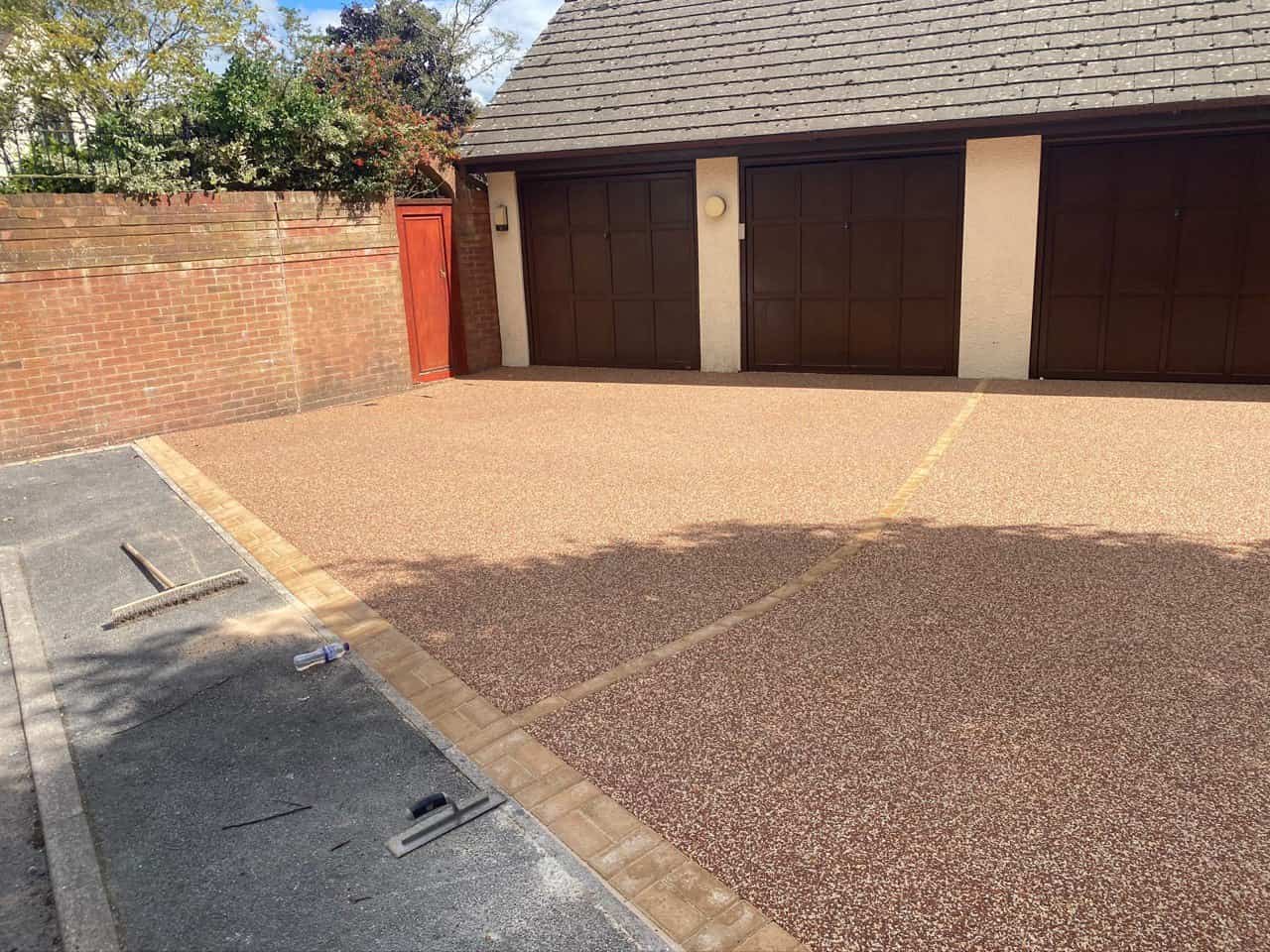What Causes Cracking in Tarmac Surfaces?
Tarmac is one of the most popular driveway surfacing choices in the UK. Its durability, cost-effectiveness, and neat finish make it a preferred option for many homeowners. However, even the strongest materials can develop cracks over time. At NS Driveways Redhill, we often meet clients in Redhill who want to know why cracks appear in their tarmac driveways and how they can be prevented.
Understanding the causes of cracking is the first step to protecting and maintaining your driveway.
Common Causes of Tarmac Cracking
1. Weather Extremes
Tarmac is exposed to constant changes in weather. In hot summers, it expands, and during colder months, it contracts. These cycles of expansion and contraction can eventually lead to surface cracks. Frost is particularly damaging as water seeps into small gaps, freezes, and expands, forcing cracks wider.
2. Poor Drainage
Water is one of the biggest enemies of tarmac surfaces. If your driveway does not have adequate drainage, standing water can penetrate beneath the surface. Over time, this weakens the foundation and encourages cracks to form.
3. Heavy Traffic Loads
While tarmac is designed to withstand vehicles, constant heavy use from larger vehicles such as vans, lorries, or caravans can accelerate wear. Pressure points may form and eventually lead to cracking under repeated stress.
4. Substandard Installation
Not all tarmac surfaces are laid with the same level of care. If the base layer is poorly compacted or the materials are of low quality, the surface will not be able to handle pressure effectively. Cracking is often the result of an insufficient foundation.
5. Tree Roots and Ground Movement
In areas like Redhill, where mature trees are common, roots can grow beneath a driveway and cause lifting or cracking as they expand. Similarly, natural ground shifts or settlement can disturb the stability of a tarmac surface.
6. Ageing Surface
Over time, tarmac loses flexibility as the binding agents dry out. This makes it more brittle and susceptible to cracking. A well-maintained surface can last many years, but all tarmac driveways will eventually show signs of age.
How to Reduce the Risk of Cracking
Although no driveway lasts forever, there are steps homeowners can take to reduce the risk of cracks developing:
- Ensure proper drainage is in place to prevent water pooling.
- Keep the surface clean and free of debris that can trap moisture.
- Trim back nearby tree roots before they affect the driveway.
- Schedule regular maintenance to repair small cracks before they worsen.
- Choose professional installation from an experienced team such as NS Driveways Redhill.
Conclusion
Cracking in tarmac surfaces is usually caused by a combination of weather, poor drainage, heavy use, or natural ground movement. While these issues are common, they don’t have to shorten the lifespan of your driveway. With proper installation and ongoing care, you can maintain a strong, attractive surface for many years. At NS Driveways Redhill, we provide professional driveway solutions across Redhill, ensuring every surface is built to last and maintained to the highest standards.
Call us on: 01737 302 099
Click here to find out more about NS Driveways Redhill
Click here to complete our contact form and see how we can help with your driveways.

